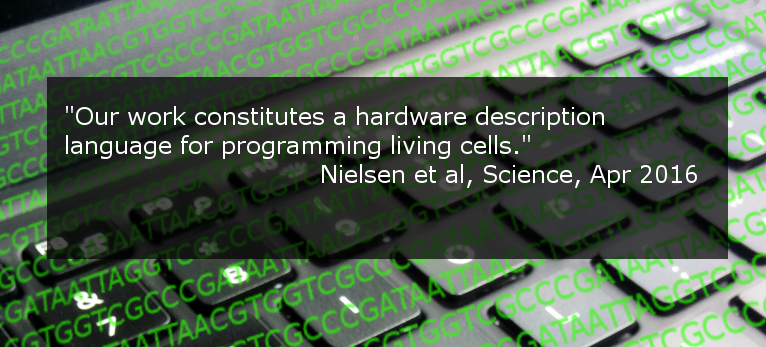Radiologists have a day job (or a night job, depending on your precise definition of “radiologist.”) Many people want to learn the syntax of a computer language, while some want to keep up on existing skills.
If your goals are similar to mine, these might help. Now these are not ways to learn to write code (I’ll write about that later), but ways to brush up on existing skills.
Here are five things to help keeping up your coding skills:
Work on a Project
Most radiology practices can be improved by better use of technology Continue reading


